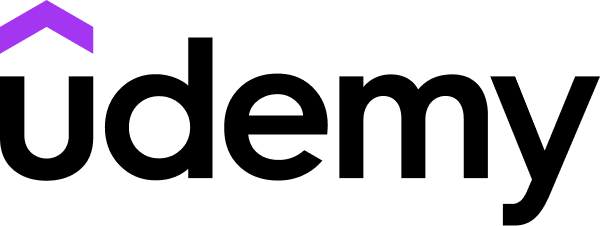

Swayam
Free Online Course
English
Paid Certificate Available
8 weeks long
selfpaced
Overview
The present course has been specially designed for the students studying in the subject of Business Economy at CBCS undergraduate level. The course will cover the essential aspects of statistics useful in Business economics viz: correlation and regression, probability and distributions, sampling and testing of hypothesis, and index numbers. The course will mainly emphasize the different statistical methods. By studying this course students will taught how the problem of business economics can be handled using the methods of statistics. Many economic problems required use of statistical distributions and testing of hypothesis of the parameters involved to solve them. The course will emphasize especially the modern techniques along with their significance in the area of business economics.
Objective of Course
The structure of the present course on statistics for business economics has been designed with the perspective of achieving following major objectives: • To provide a glimpse of descriptive measures to the students. • To impart knowledge regarding the development of linear relationship between the two correlated variables to the students. • To develop detailed understanding of discrete and continuous distributions. • To adequate the students with concepts of sampling theory and how to draw sample from the given population to estimate the parameters of the population. • To give adequate information to the students regarding the testing of hypothesis such that how various types of tests can be utilized under different situations? • To make the students aware about the various types of index numbers and their constructions.
Objective of Course
The structure of the present course on statistics for business economics has been designed with the perspective of achieving following major objectives: • To provide a glimpse of descriptive measures to the students. • To impart knowledge regarding the development of linear relationship between the two correlated variables to the students. • To develop detailed understanding of discrete and continuous distributions. • To adequate the students with concepts of sampling theory and how to draw sample from the given population to estimate the parameters of the population. • To give adequate information to the students regarding the testing of hypothesis such that how various types of tests can be utilized under different situations? • To make the students aware about the various types of index numbers and their constructions.
Syllabus
COURSE LAYOUTUnit– 1:Introduction to Descriptive Sample MeasureLecture 1:Data Type and Scale Sample & PopulationLecture 2:Measures of Central Tendency and DispersionLecture 3: Moments, Skewness & KurtosisLecture 4: CorrelationLecture 5:Regression
Unit – 2:Probability andProbability Distribution Lecture 6:ProbabilityLecture 7:Probability and DistributionLecture8:Continuous Distribution
Unit – 3:Sampling and Hypothesis Testing Lecture 9: Point & Interval EstimationLecture 10:Sampling Methods
Lecture 11: Hypothesis-Large Sample Test & Chi-square TestLecture 12:Hypothesis-Small Sample Test, T-test & F-Test
Unit – 4:Index NumberLecture 13:Index Number Part-ILecture 14:Index Number Part-IILecture 15:Sample & SurveyLecture 16: Sampling
Lecture 17: Introduction to Linear Programming and Problem SolvingLecture 18: Linear Programming Problem formulation & Interpretation (PART-1)Lecture 19: Linear Programming Problem formulation & Interpretation (PART-2)Lecture 20: Use of Excel Solver Linear Programming
Unit – 2:Probability andProbability Distribution Lecture 6:ProbabilityLecture 7:Probability and DistributionLecture8:Continuous Distribution
Unit – 3:Sampling and Hypothesis Testing Lecture 9: Point & Interval EstimationLecture 10:Sampling Methods
Lecture 11: Hypothesis-Large Sample Test & Chi-square TestLecture 12:Hypothesis-Small Sample Test, T-test & F-Test
Unit – 4:Index NumberLecture 13:Index Number Part-ILecture 14:Index Number Part-IILecture 15:Sample & SurveyLecture 16: Sampling
Lecture 17: Introduction to Linear Programming and Problem SolvingLecture 18: Linear Programming Problem formulation & Interpretation (PART-1)Lecture 19: Linear Programming Problem formulation & Interpretation (PART-2)Lecture 20: Use of Excel Solver Linear Programming
Taught by
Dr. Manharlala N. Patel

